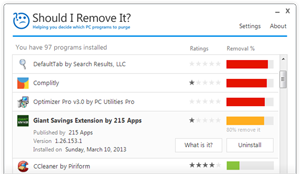Import table
advapi32.dll
RegOpenKeyExW, RegCreateKeyW, RegCreateKeyExW, RegQueryValueExW, RegCloseKey
kernel32.dll
ReleaseMutex, WaitForSingleObject, CreateMutexW, ExpandEnvironmentStringsW, FreeLibrary, GetCurrentProcess, GetLastError, GetPriorityClass, SetPriorityClass, GetCurrentThreadId, TerminateProcess, QueryDosDeviceW, SetStdHandle, SetFilePointer, CreateThread, GetConsoleOutputCP, WriteConsoleA, FlushFileBuffers, GetConsoleMode, GetConsoleCP, GetLocaleInfoA, GetStringTypeW, GetStringTypeA, LCMapStringW, WideCharToMultiByte, LCMapStringA, IsValidCodePage, GetOEMCP, Sleep, OpenProcess, CloseHandle, LoadLibraryW, GetProcAddress, DeleteCriticalSection, InitializeCriticalSection, LeaveCriticalSection, EnterCriticalSection, CreateFileA, QueryPerformanceCounter, GetTickCount, GetCurrentProcessId, WriteConsoleW, GetACP, GetCPInfo, VirtualFree, HeapReAlloc, VirtualAlloc, RtlUnwind, InterlockedExchange, LoadLibraryA, HeapFree, GetVersionExA, HeapAlloc, GetProcessHeap, GetStartupInfoW, UnhandledExceptionFilter, SetUnhandledExceptionFilter, IsDebuggerPresent, RaiseException, GetModuleHandleA, TlsGetValue, TlsAlloc, TlsSetValue, TlsFree, InterlockedIncrement, SetLastError, InterlockedDecrement, HeapSize, ExitProcess, WriteFile, GetStdHandle, GetModuleFileNameA, GetModuleFileNameW, FreeEnvironmentStringsA, MultiByteToWideChar, GetEnvironmentStrings, FreeEnvironmentStringsW, GetEnvironmentStringsW, GetCommandLineA, GetCommandLineW, SetHandleCount, GetFileType, GetStartupInfoA, HeapDestroy, HeapCreate, GetSystemTimeAsFileTime
psapi.dll
EnumProcessModules, GetModuleFileNameExW
user32.dll
RegisterClassW, CreateWindowExW, FindWindowW, TranslateMessage, DispatchMessageW, GetWindowThreadProcessId, DefWindowProcW, SendMessageTimeoutW, PostMessageW, SendNotifyMessageW, SendInput, PostQuitMessage, SendMessageW, IsWindow, GetMessageW

